Over the last year, venture capitalists poured more than $4.6 billion into infrastructure and projects related to nonfungible tokens (NFTs). This infrastructure now needs users. They will come when people understand that they can apply these NFTs not just for speculative purposes but to design and structure their everyday activities. For these, they don’t need NFTs — they need to sort their lives out. And, decentralized catalogs are there to help them do it.
We can think about an NFT as a book someone owns, and this ownership is recorded on the blockchain. But what we’re actually missing is the library.
Not just a flower, but a garden
Multiple NFTs making up a collection form a system. This system has a structure through the standards it uses. If you’ve ever visited CryptoKitties, you’ve probably noticed the museum-like categorization of the Kitties and their attributes in their “catalog.”

However, each item in the collection means nothing without the collection itself. You can’t take a CryptoKitty out of the original smart contract. You can copy the image or create a fractional version of it, but you will not be able to transfer its value if the derivative version of your CryptoKitty isn’t linked to the original collection. This means that the value of each NFT is not determined by a stand-alone item in the collection but by the collection itself.
In simple words, if we take a step back from each item in almost any NFT collection, we’ll discover that the actual value is not in a single NFT itself but in a perfect system of multiple NFTs bound together by one smart contract. By doing this, we stop staring at a single flower and realize we are in a well-designed garden.
Related: Throw your Bored Apes in the trash
When applying all the standardization approaches and structuring all the data properly, we are creating systematic lists of items publicly stored on the blockchain — decentralized catalogs.
How decentralized cataloging can add new value
Everyone has heard of Guinness World Records, Michelin Guide or IUCN Red List. In a nutshell, they are all extremely valuable catalogs. Behind each of them is a managing authority that invests its brand and expertise in bringing value to every new iteration of the catalog. Even if the rules of adding new items to centralized lists are not transparent or even questioned, this approach is sustainable.
However, the biggest problem these catalogs present is an extremely high barrier to entry for new, valuable lists to enter the market. Through NFT infrastructure and a Web3 mindset, though, we can democratize the process of building valuable catalogs. The difference between a normal list and a decentralized catalog is the potential value it can accumulate.
Related: Get ready for the feds to start indicting NFT traders
When you own a CryptoPunk, you are a co-owner of the CryptoPunks collection. Yes, that CryptoPunk may represent your inner self, but on its own, it’s just a JPEG. As we have already discovered, the value is in the collection itself, and the value is created not only by the expertise that went into designing the character generator but also by the owners of the collection.
By building an economy powered by co-ownership, we can make future-proof and transparent catalog systems. While yet another restaurant list will hardly add something new to society, there are plenty of situations where decentralized cataloging makes sense.
The library
Let’s imagine the most basic use case of decentralized cataloging. You own a collection of books and you want to share these books with someone. You know, however, there’s a good chance that those you lend your books to will never return them. That’s life.
So, you start a very simple process of making a record of each book you’re sharing to the decentralized catalog; only each record is actually an NFT.
The person taking the book decides to use it to put his own books on the catalog and share them with someone else, and that person shares it with their friend, too. In a few years, your book-sharing club will become an internet phenomenon, with more and more people adding books to the catalog.
It’s only a matter of time before big publishers join in as well. Some publishers may start adding newly published books to distribute them through the catalog system you created. As we know about NFT compatibility, it’s clear that all the NFT marketplaces and infrastructure we have today will become handy tools and interfaces that will work right out of the box. No need for additional listing websites, centralized bookstores or payment solutions.
Related: Time to switch from LinkedIn to MetaMask? Not yet, but soon
And it all started with you, who added the first book as an NFT to the shared collection of books.
The same approach is used in Cointelegraph’s Historical NFT Collection. It is a catalog of news from the largest crypto media outlet, and Cointelegraph readers are choosing which news should be added to it.
The real future of the NFT standard is ordinary, and that’s great. We use many ordinary things every day that were overpriced when they entered the market. As production and technology evolved, however, prices dropped and made them available for everyone.
The same thing will happen with NFTs. The only thing we need to do now is stop staring at the tulips and start designing a garden.
Ivan Sokolov is the founder of Mintmade, a project focused on building new asset classes that will power next-gen Web3 businesses.
This article is for general information purposes and is not intended to be and should not be taken as legal or investment advice. The views, thoughts, and opinions expressed here are the author’s alone and do not necessarily reflect or represent the views and opinions of Cointelegraph.
 [flexi-common-toolbar] [flexi-form class=”flexi_form_style” title=”Submit to Flexi” name=”my_form” ajax=”true”][flexi-form-tag type=”post_title” class=”fl-input” title=”Title” value=”” required=”true”][flexi-form-tag type=”category” title=”Select category”][flexi-form-tag type=”tag” title=”Insert tag”][flexi-form-tag type=”article” class=”fl-textarea” title=”Description” ][flexi-form-tag type=”file” title=”Select file” required=”true”][flexi-form-tag type=”submit” name=”submit” value=”Submit Now”] [/flexi-form]
[flexi-common-toolbar] [flexi-form class=”flexi_form_style” title=”Submit to Flexi” name=”my_form” ajax=”true”][flexi-form-tag type=”post_title” class=”fl-input” title=”Title” value=”” required=”true”][flexi-form-tag type=”category” title=”Select category”][flexi-form-tag type=”tag” title=”Insert tag”][flexi-form-tag type=”article” class=”fl-textarea” title=”Description” ][flexi-form-tag type=”file” title=”Select file” required=”true”][flexi-form-tag type=”submit” name=”submit” value=”Submit Now”] [/flexi-form]
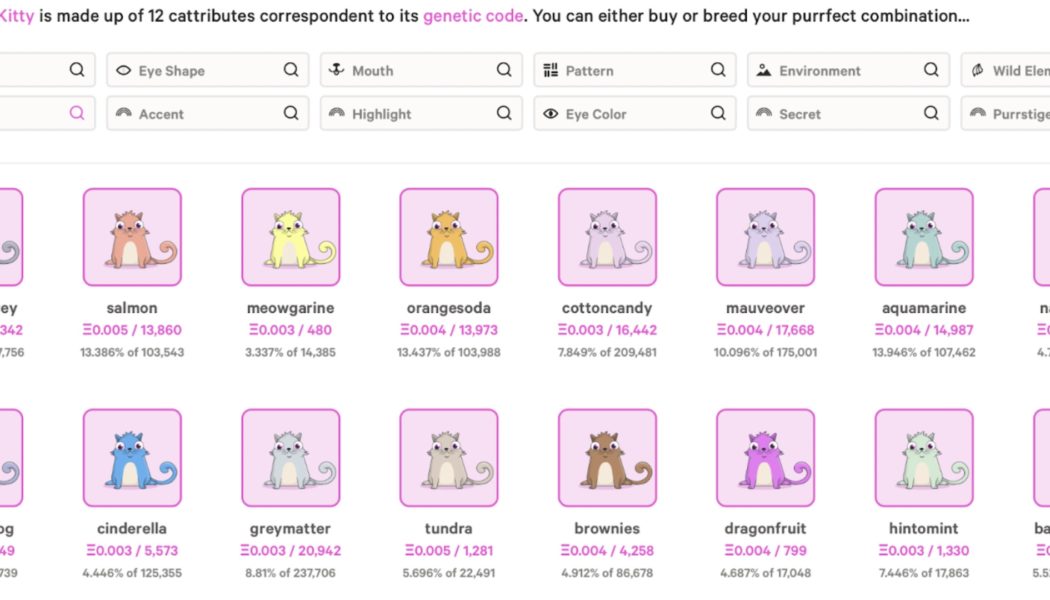
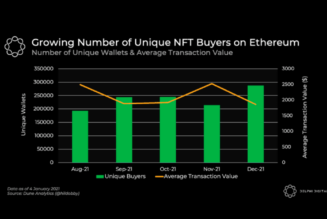
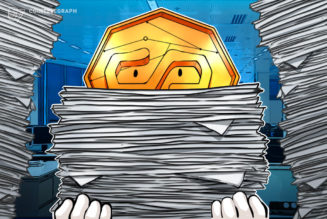


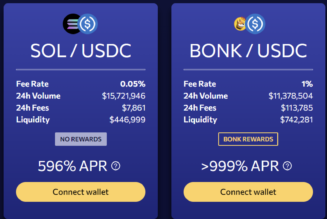

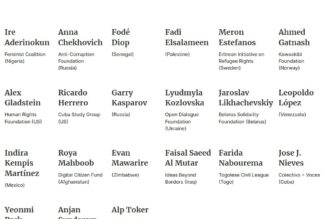
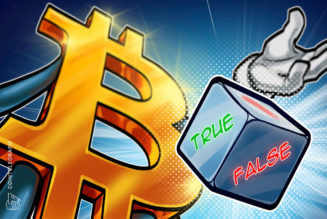
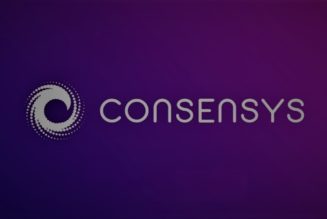
Tagged: crypto blog, Crypto news, Decentralized catalogs, NFTs